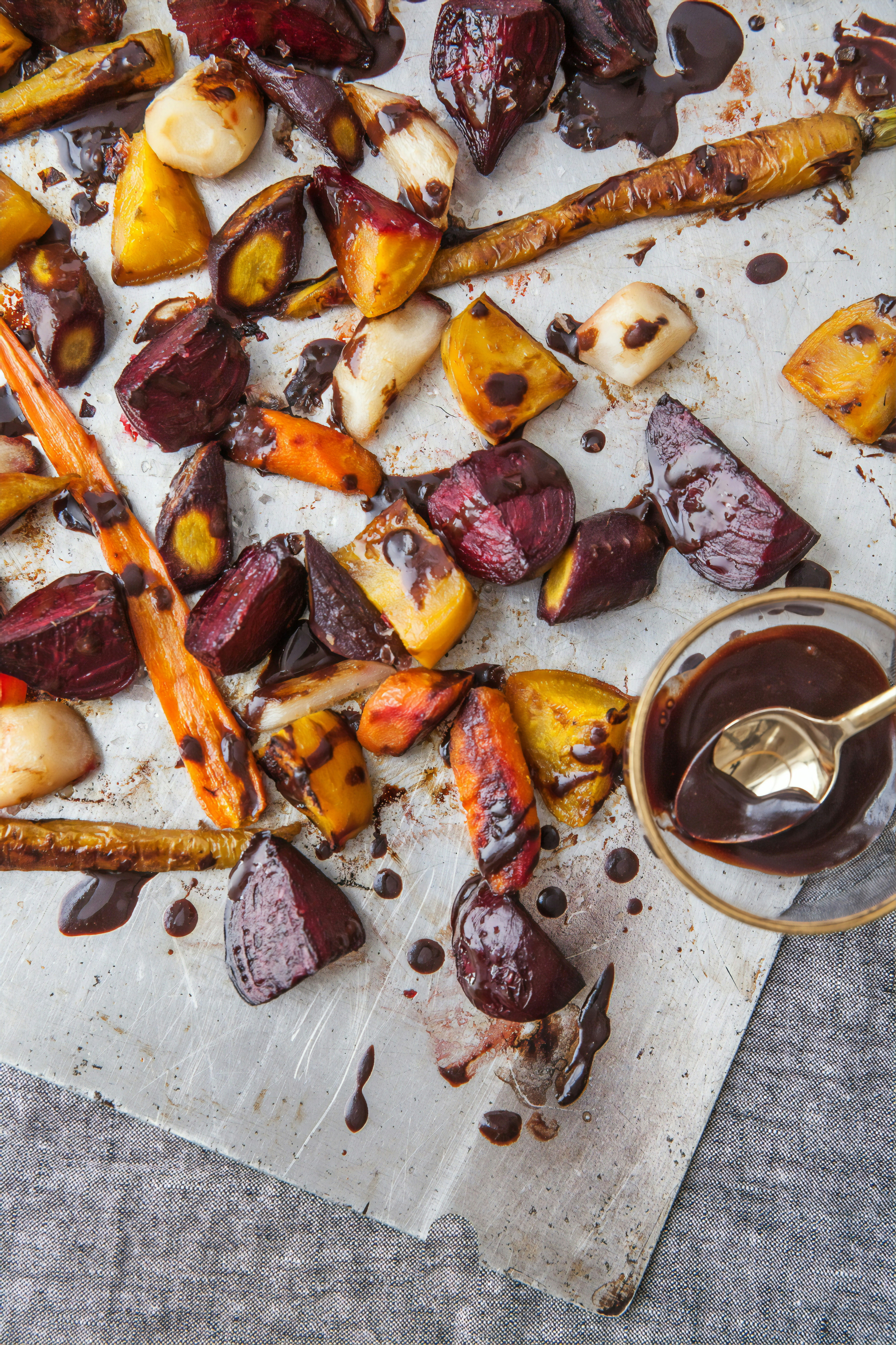If you’re looking to make some healthy changes to your diet, incorporating low-oxalate vegetables is a great way to start. Oxalates, naturally occurring compounds found in many foods, can contribute to the formation of kidney stones in some people. By adding low-oxalate vegetables to your meals, you can reduce your oxalate intake and support kidney health. In this article, we will explore various ways to easily incorporate these nutrient-rich vegetables into your diet, so you can enjoy both the health benefits and delicious flavors they offer. Get ready to embrace a more kidney-friendly lifestyle!
Understanding Oxalates
What are Oxalates?
Oxalates are naturally occurring compounds found in many plants and vegetables. They belong to a group of molecules called organic acids, which are commonly found in foods we consume daily. Oxalates are known to bind with calcium and form crystals, which can lead to the development of kidney stones in susceptible individuals.
Why Limit Oxalates in Your Diet?
Limiting oxalates in your diet can be beneficial for several reasons. Firstly, it reduces the risk of developing kidney stones, a painful condition that can significantly impact your quality of life. Secondly, by reducing the consumption of high-oxalate foods, you improve your digestion and nutrient absorption by preventing the formation of oxalate crystals in your digestive system.
How to Determine Oxalate Levels in Vegetables
Knowing the oxalate levels in different vegetables can help you make informed choices when it comes to your diet. Various resources are available, such as charts and databases, that provide information on the oxalate content of different foods. It’s important to note that the oxalate levels can vary depending on factors such as cooking methods, ripeness, and freshness of the vegetables.
Benefits of Low-Oxalate Vegetables
Nutritional Value
Low-oxalate vegetables are not just beneficial for reducing the risk of kidney stones but also provide essential nutrients to support overall health. They are excellent sources of vitamins, minerals, and dietary fiber, which contribute to a balanced and nutritious diet. By incorporating low-oxalate vegetables into your meals, you can ensure you’re getting a wide range of nutrients necessary for optimal health.
Reduced Risk of Kidney Stones
One of the most significant benefits of consuming low-oxalate vegetables is the reduced risk of developing kidney stones. By limiting the intake of high-oxalate foods, you lower the chances of oxalate crystals forming in your kidneys. This, in turn, helps maintain proper kidney function and prevents the painful experience of passing kidney stones.
Improved Digestion
Another advantage of incorporating low-oxalate vegetables into your diet is improved digestion. High levels of oxalates in the digestive system can interfere with nutrient absorption and contribute to digestive issues. By choosing low-oxalate vegetables, you promote better digestion, ensure nutrient absorption, and support a healthy gut.
Selecting Low-Oxalate Vegetables
List of Low-Oxalate Vegetables
To follow a low-oxalate diet, it’s important to know which vegetables have lower oxalate levels. Some examples of vegetables that are considered low in oxalates include broccoli, Brussels sprouts, cauliflower, celery, lettuce, cucumbers, and zucchini. This is not an exhaustive list, and it’s recommended to consult reliable resources for a more comprehensive list of low-oxalate vegetables.
Seasonal Availability
When selecting low-oxalate vegetables, considering their seasonal availability can be beneficial. Opting for vegetables that are in season ensures freshness and optimal flavor. Additionally, seasonal vegetables are often more affordable and locally sourced, supporting sustainable farming practices.
Organic vs. Conventional
Choosing between organic and conventional low-oxalate vegetables is a personal choice. While organic vegetables are grown without the use of synthetic pesticides and fertilizers, they may be more expensive. If budget allows, opting for organic low-oxalate vegetables can minimize exposure to potentially harmful chemicals. However, conventional low-oxalate vegetables, when thoroughly washed and cooked, are still a nutritious and safe choice.
Preparing Low-Oxalate Vegetables
Washing and Cleaning
Properly washing low-oxalate vegetables is essential to remove any dirt or potential contaminants. Rinse them thoroughly under cool running water, using a vegetable brush if needed. This step helps eliminate any residual pesticides or pathogens that may be present on the vegetables’ surface.
Cooking Methods to Reduce Oxalate Content
Certain cooking methods can help reduce the oxalate content in vegetables. Boiling or steaming vegetables in water can effectively lower oxalate levels compared to consuming them raw. If you prefer to eat vegetables raw, combining them with calcium-rich foods like cheese or yogurt can help bind the oxalates and prevent their absorption.
Combining Foods with Calcium
Including calcium-rich foods in your meals can help mitigate the effects of oxalates. Calcium binds to oxalates and forms insoluble compounds, reducing their absorption in the body. Adding sources of calcium, such as dairy products, leafy greens, or fortified foods, to low-oxalate vegetable preparations can enhance the nutritional value and make them even more beneficial for your health.
Incorporating Low-Oxalate Vegetables into Meals
Salads and Raw Preparations
One simple and refreshing way to incorporate low-oxalate vegetables into your diet is through salads and raw preparations. Chop up your favorite low-oxalate vegetables, such as cucumber, lettuce, and bell peppers, and toss them together in a light dressing. You can also add some protein, like grilled chicken or tofu, for a complete and satisfying meal.
Stir-Fries and Sauteed Dishes
Stir-fries and sautéed dishes offer a delicious way to enjoy low-oxalate vegetables while retaining their nutritional value. Heat a small amount of oil in a pan and add thinly sliced vegetables like zucchini, cauliflower, and bok choy. Stir-fry them until tender-crisp and season with herbs, spices, or a dash of low-sodium soy sauce for added flavor.
Soups, Stews, and Curries
Low-oxalate vegetables can also be incorporated into comforting soups, stews, and curries. Add vegetables like carrots, celery, and green beans to your favorite broth or stew recipe. Simmer until the vegetables are tender, and the flavors meld together. If you enjoy spicier flavors, consider making a vegetable curry using low-oxalate vegetables like eggplant, bell peppers, and tomatoes.
Replacing High-Oxalate Vegetables
Alternative Ingredients for High-Oxalate Vegetables
If you’re looking to replace high-oxalate vegetables in your recipes, there are numerous alternative ingredients to consider. For instance, instead of spinach, which is high in oxalates, you can use Swiss chard or kale as a nutritious substitute. Replace high-oxalate vegetables in your recipes with low-oxalate options to continue enjoying a wide variety of flavors and textures in your meals.
Recipe Modifications
Modifying recipes to accommodate low-oxalate vegetables is both creative and fun. Experiment with different combinations and flavors to find the perfect replacements for high-oxalate ingredients. Consider using low-oxalate vegetables like cabbage or asparagus instead of high-oxalate options. You might discover new favorite recipes that are not only delicious but also better for your overall health.
Snacking on Low-Oxalate Vegetables
Dips and Spreads
When it comes to snacking, low-oxalate vegetables can serve as excellent dipping options. Pair crunchy vegetables like bell peppers, cucumbers, and snap peas with low-oxalate dips such as hummus or Greek yogurt-based spreads. This combination provides a satisfying and nutritious snack that can be enjoyed throughout the day.
Roasted Vegetables
Roasting low-oxalate vegetables brings out their natural flavors and creates a delicious snack or side dish. Toss vegetables like broccoli florets, cauliflower, or Brussels sprouts in olive oil, sprinkle with herbs or spices, and roast them in the oven until tender and slightly caramelized. The result is a flavorful and satisfying snack that you can enjoy on its own or incorporate into other dishes.
Vegetable Chips
If you’re craving something crunchy, consider making your own vegetable chips using low-oxalate vegetables. Slice vegetables like zucchini, butternut squash, or radishes thin, and lightly coat them in olive oil. Bake them in the oven until crispy, and enjoy a healthier alternative to traditional potato chips.
Juicing and Smoothies with Low-Oxalate Vegetables
Recipes
Juicing and smoothies offer a convenient way to consume low-oxalate vegetables and pack them with other nutritious ingredients. For a refreshing green juice, blend low-oxalate vegetables like cucumber, celery, and kale with a bit of lemon or ginger. If you prefer smoothies, combine low-oxalate vegetables like spinach, cucumber, and avocado with fruits like berries or banana for a tasty and nutrient-rich drink.
Combining with Other Ingredients
When creating juice or smoothie recipes, consider combining low-oxalate vegetables with other ingredients to enhance the flavor and nutrition. Add a source of protein, such as Greek yogurt or plant-based protein powder, to make your drink more satisfying and balanced. Experiment with different combinations to find your favorite recipes that complement your taste buds and dietary needs.
Low-Oxalate Vegetable Side Dishes
Grilled Vegetables
Grilling low-oxalate vegetables imparts a smoky flavor that adds depth to any meal. Prepare vegetables like zucchini, bell peppers, or asparagus by brushing them with olive oil and seasoning with herbs, spices, or a sprinkle of salt and pepper. Grill them until tender and slightly charred, and serve as a flavorful side dish to accompany your main course.
Roasted Vegetable Medleys
Roasted vegetable medleys are versatile side dishes that can be customized based on your preferences and the vegetables available. Toss low-oxalate vegetables like Brussels sprouts, sweet potatoes, and garlic cloves together with olive oil and your choice of herbs or spices. Roast them in the oven until golden and caramelized for a delicious and nutrient-packed side dish.
Steamed Vegetable Plates
Steaming low-oxalate vegetables is a gentle cooking method that helps retain their natural flavors and textures. Arrange vegetables like broccoli, cauliflower, and carrots in a steamer basket, and steam until they reach the desired tenderness. Serve them as a colorful and nutritious side dish alongside your favorite meal.
Tips for Incorporating Low-Oxalate Vegetables
Meal Planning and Prepping
Incorporating low-oxalate vegetables into your diet can be made easier with proper meal planning and prepping. Set aside time each week to plan your meals and create a shopping list that includes a variety of low-oxalate vegetables. Preparing and portioning vegetables in advance can also save you time during busy weekdays and ensure you always have healthy options readily available.
Gradual Increase in Consumption
If you’re new to consuming low-oxalate vegetables, it’s advisable to gradually increase your consumption to allow your body to adjust. Start by including smaller portions of low-oxalate vegetables in your meals and gradually increase the quantity as you feel comfortable. This gentle approach can help prevent any digestive discomfort and allow your taste buds to adjust to the flavors of these new ingredients.
Experimenting with New Recipes
Incorporating low-oxalate vegetables into your diet can be an adventure in discovering new flavors and recipes. Be open to experimenting with different combinations and cooking methods to find what works best for you. Try new recipes and don’t be afraid to modify them to suit your taste preferences and dietary needs. With a touch of creativity, you can enjoy a wide variety of delicious meals while reaping the benefits of low-oxalate vegetables in your diet.
By understanding oxalates, selecting low-oxalate vegetables, preparing them correctly, and incorporating them into your meals, you can enjoy the nutritional benefits of these vegetables while reducing the risks associated with high oxalate levels. Whether you’re looking to prevent kidney stones or simply improve your overall health, incorporating low-oxalate vegetables into your diet is a friendly and practical approach to achieving your dietary goals. So, let’s get started on this exciting journey of embracing low-oxalate vegetables and creating delicious, nutritious meals for a healthier, happier you!




